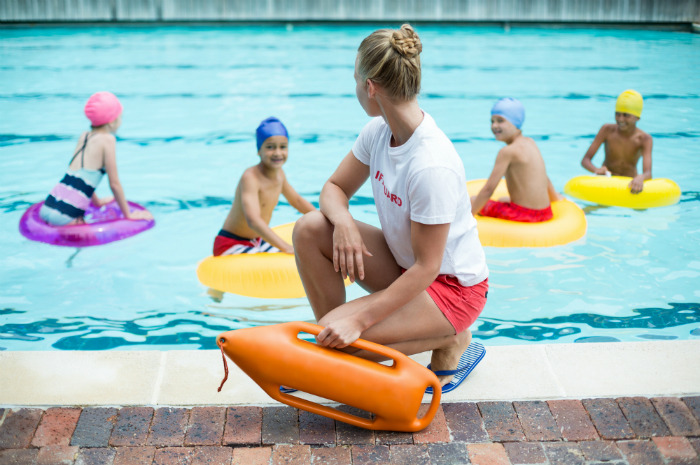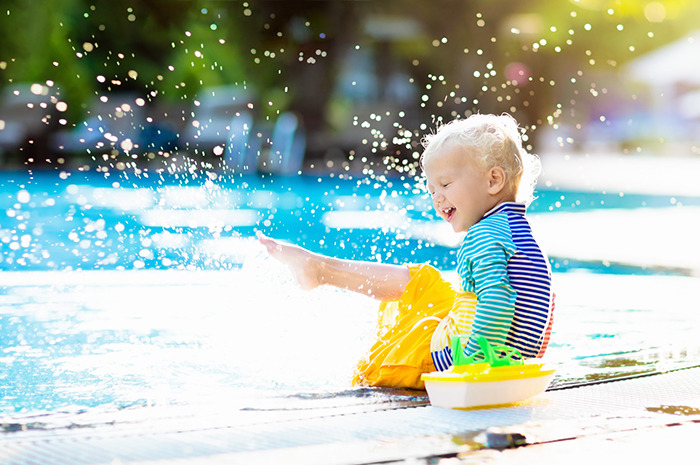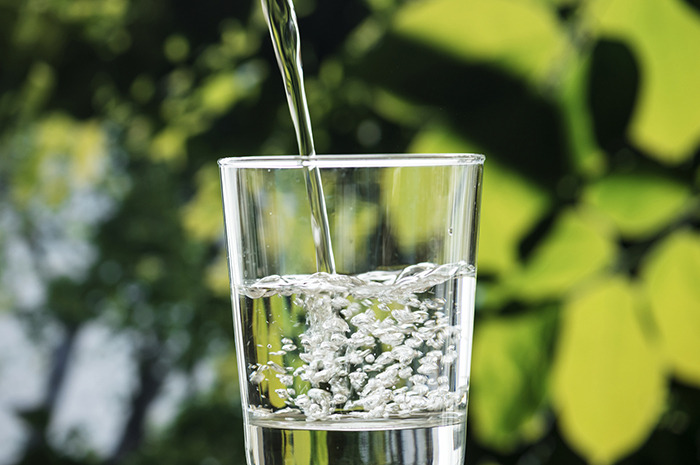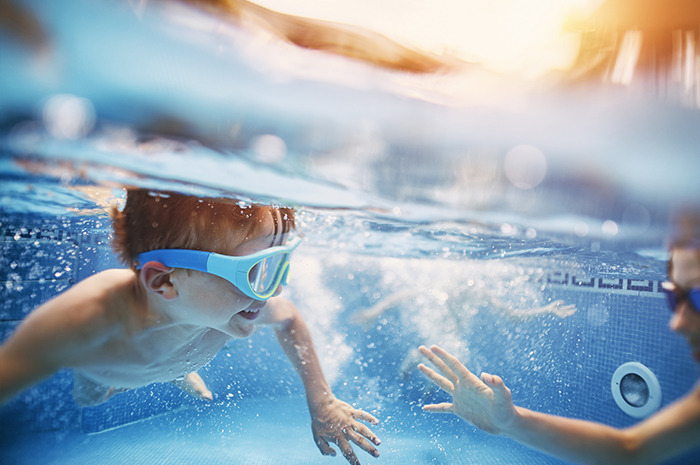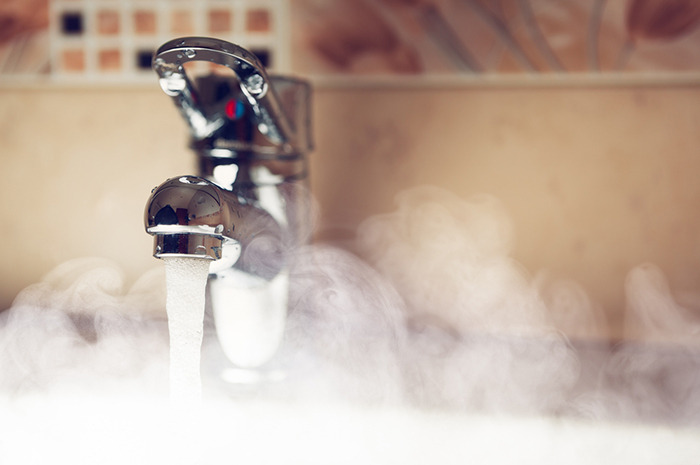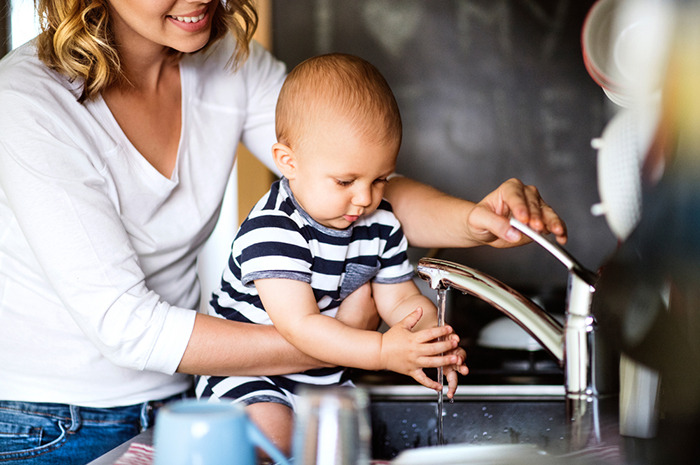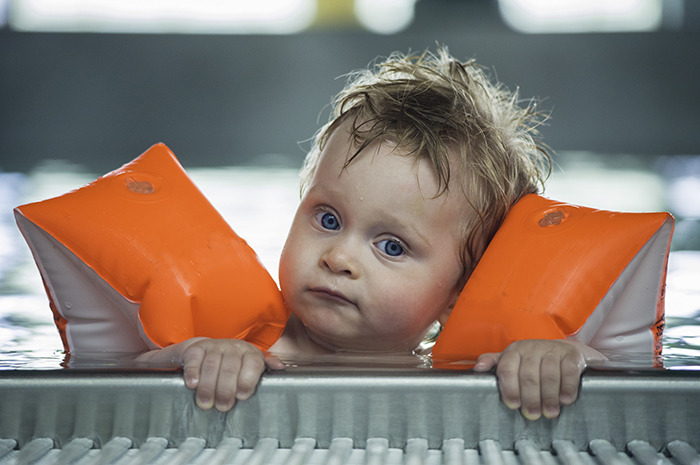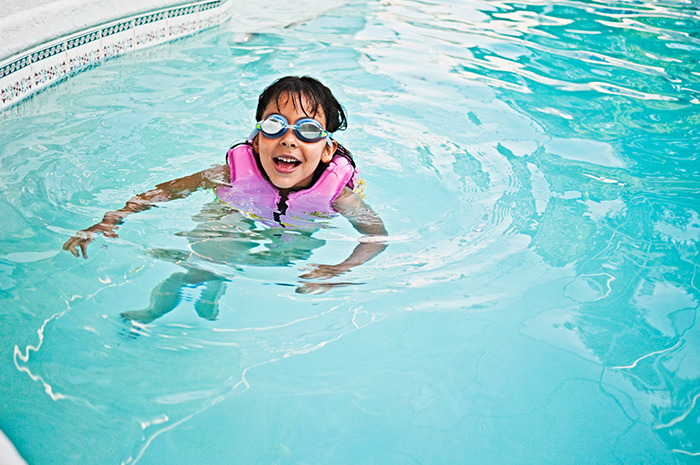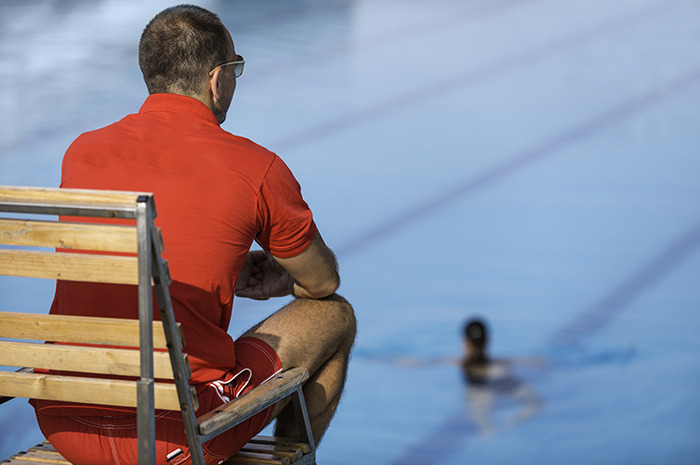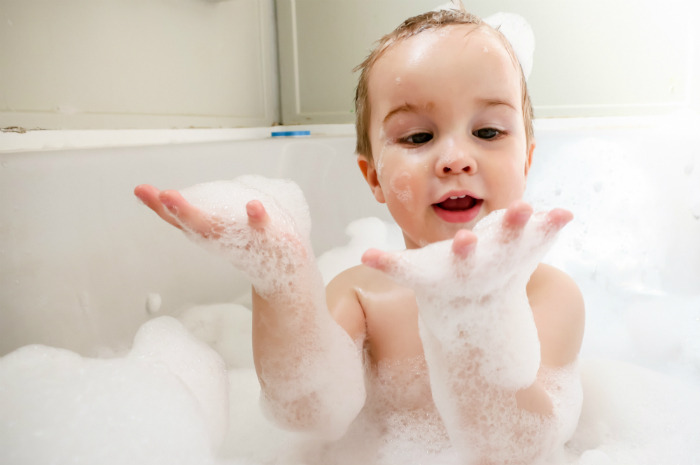It Takes Only 60 Seconds To Drown & Other Water Safety Facts
There were an average of 3,536 fatal unintentional drownings (non-boating related) every year from 2005- to 2014 in the U.S. alone, according to the Centers for Disease Control and Prevention (CDC). This is about ten deaths per day. For every child who dies from drowning, another five receive emergency department care for nonfatal submersion injuries. They can cause severe brain damage that may result in long-term disabilities such as memory problems, learning disabilities, and permanent vegetative state. The only certain "cure" for drowning is prevention, and that means always, always, and always supervising kids in any body of water – the bathtub is the site of highest drowning risk – as well as wearing life jackets.
Drowning is NOT noisy
Real life is not like in movies. You will most likely NOT hear people scream for help. There will rarely be any flapping, splashing, or waving. Unfortunately, most parents think they'd hear if their kid is drowning. Most such deaths occur during a very brief laps in supervision.
It takes 20 seconds for a child to drown
It takes 60 seconds for an adult to drown, which you may think is "very quick." But the odds are even worse when it comes to kids – it takes only 20 seconds for a child to drown, according to US Army Corps of Engineers (USACE). Non-swimmers are usually too exhausted and unable to do anything.
It takes less than 1/2 a cup of water in your lungs to drown
It's hard to believe but it only takes less than half a cup of water in your lungs to drown. You can drown in a bucket of water, standing water on top of a pool or spa cover, and any amount of water that covers the mouth and nose, according to YMCA.
A common cause of drowning is the involuntary gasp reflex
Unfortunately, it is common to drown as a result of the involuntary gasp reflex that occurs after falling into water. If you gasp underwater, you will immediately drown, according to National Center for Cold Water Safety. This is a huge gasp that totally fills up the lungs.
Consciousness is lost within 3 minutes
By then water is able to passively enter the lungs. Adults supervising children in the water need to be able to scan the area within 10 seconds and reach a person in distress within 20 seconds, according to New Hampshire Water Safety.
It takes 3 seconds of exposure to hot water for a third-degree burn
A hot tub at home is not as safe as you may believe. Hot water can be dangerous, particularly for kids younger than 5, who have thinner skin than older kids and adults, which means the skin can burn more easily. Just 3 seconds of exposure to hot tap water that's 140°F (60°C) can give a child a third-degree burn, according to Kids Health.
Young children can drown in as little as 1 inch of water
Children can drown in just a few inches of liquid, according to Seattle Children's Hospital. Toddlers have drowned in garden ponds and toilet bowls. Don't leave buckets or barrels where they can gather water.
Air-filled water wings can’t protect a child from drowning
You cannot rely on water or swim rings or any inflatable toys to replace a U.S. Coast Guard-approve life jacket or adult supervision, according to the Red Cross. These devices are not reliable because they can suddenly change position or lose air, or even slip out from underneath the child.
It takes 10 minutes to put on a life jacket after entering the water
On average it takes 10 minutes for a strong swimmer to put on a life jacket after entering the water, according to USACE. Don't do it so late. Over 80 percent of drowning victims were NOT wearing life jackets when they were found, according to analysis.
Most drowning deaths occur within 10 yards of safety
About 90 percent of them, to be more precise – in less than 30 feet from help, according to New Hampshire Water Safety.
While you weren’t paying attention...
In the time it take to go across a room for a towel (10 seconds), a child in a bathtub can be submerged; to answer the phone (2 minutes), a child can lose consciousness; to sign for a package at the front door (4-6 minutes), a child submerged in a tub or pool can sustain permanent brain damage, according to YMCA.
